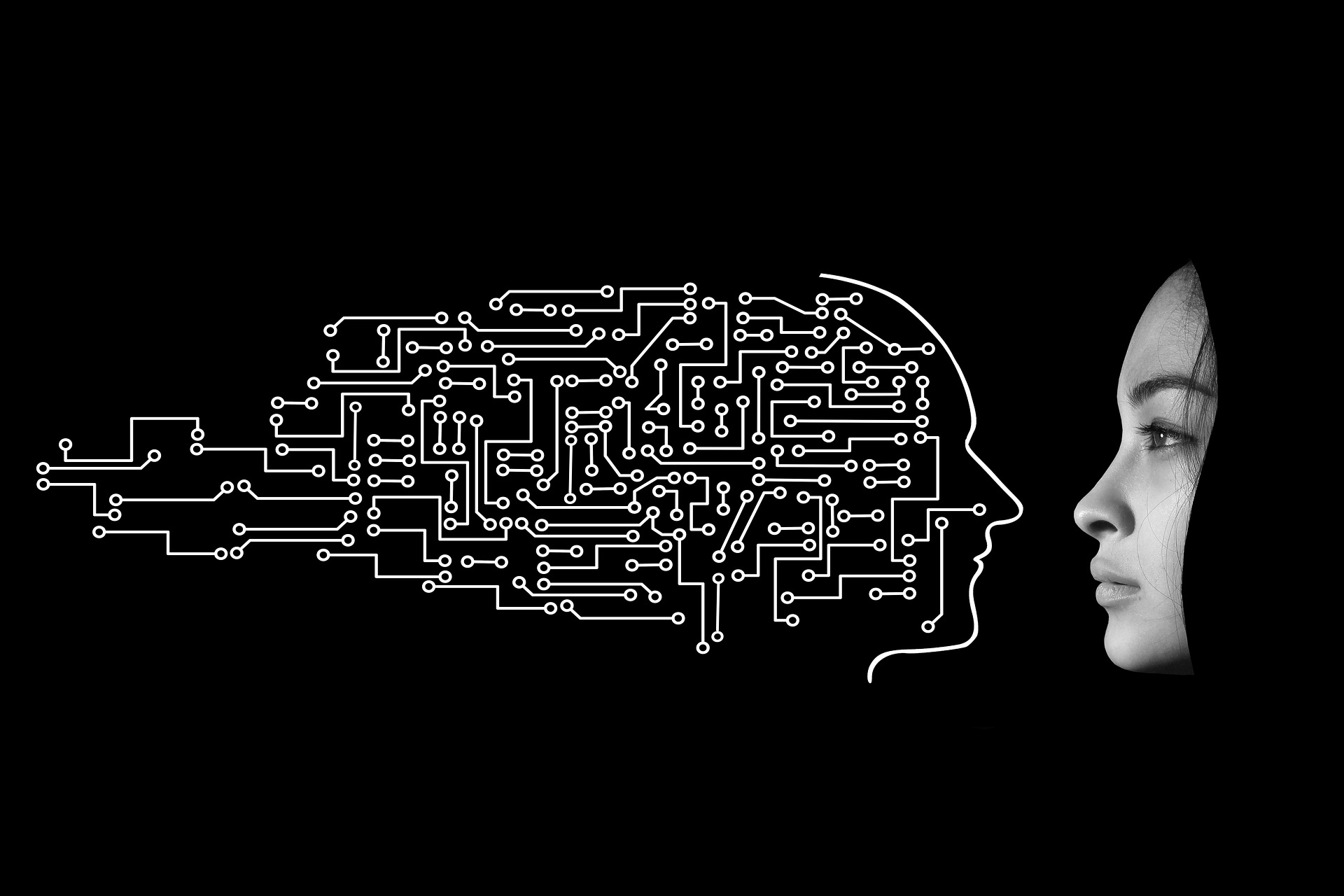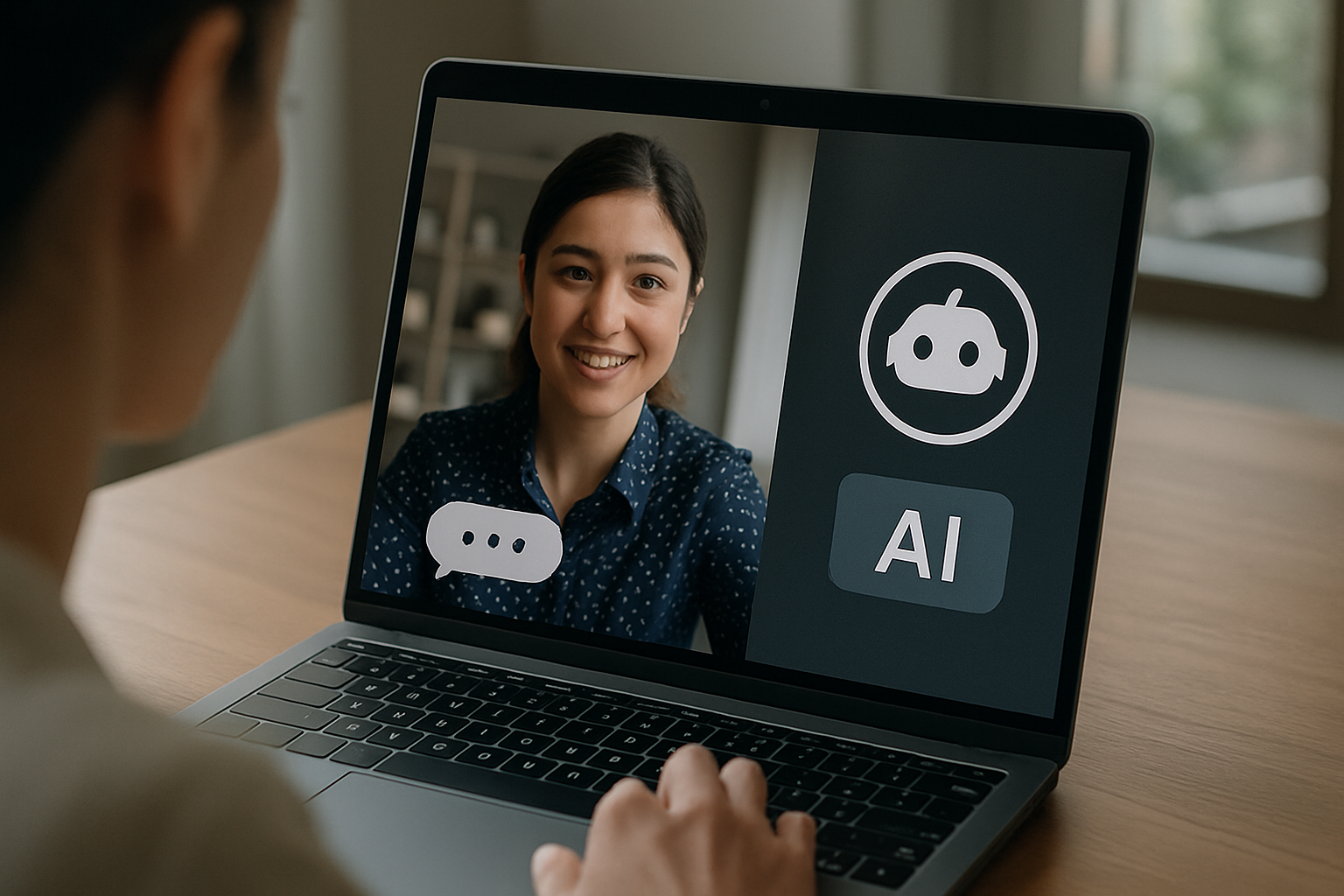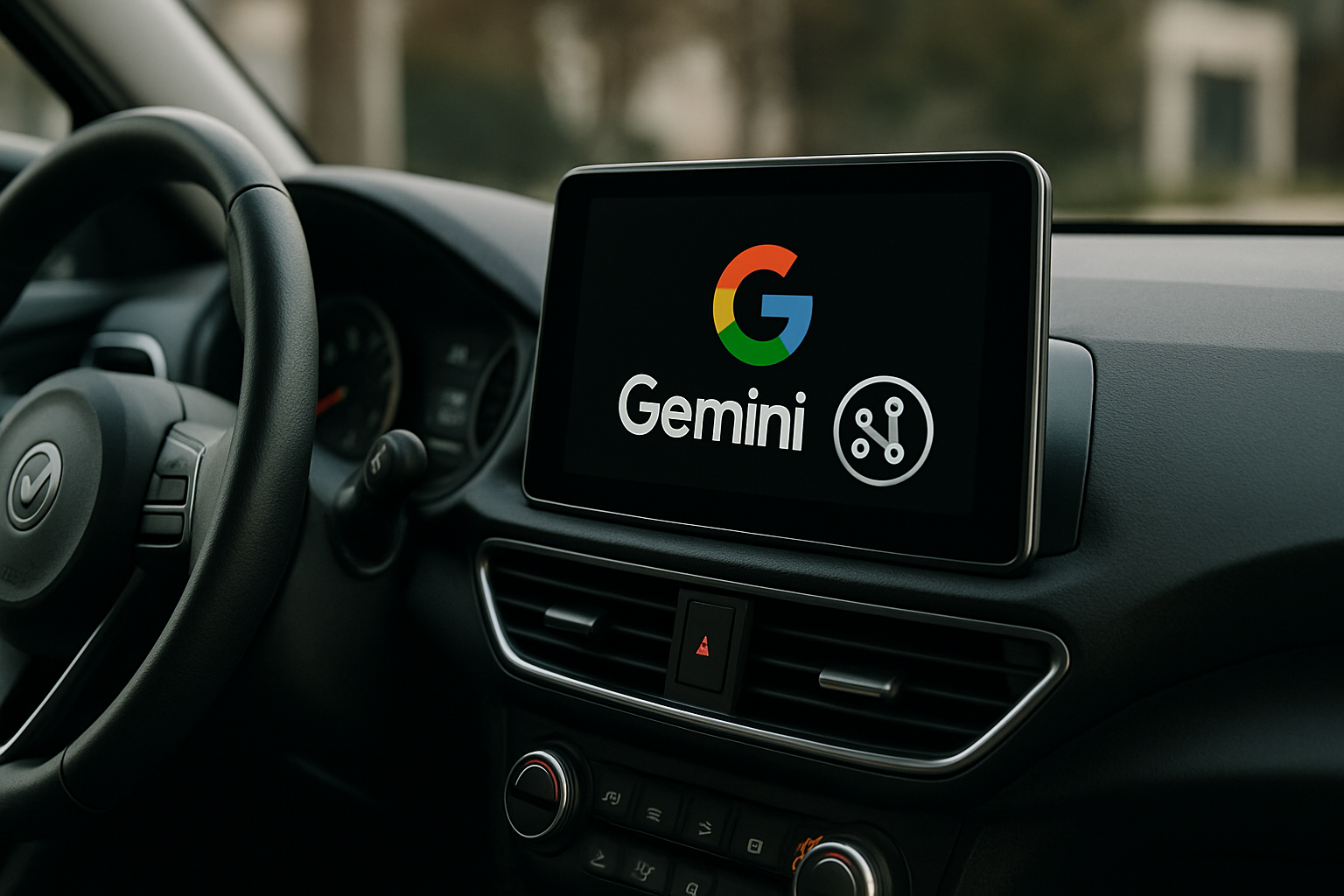OpenAI has just launched two new models, o3 and o4-mini, each aimed at pushing the boundaries of what AI can do in areas like coding, math, and science. These models offer different strengths, depending on the needs of the user.
The o3 Model: Advanced Reasoning for Complex Tasks
The o3 model is a major leap forward for AI reasoning. It introduces a “private chain of thought” approach, meaning it works through its internal thought process before delivering a final answer. This approach makes it much better at handling complex tasks and giving more accurate results.
In terms of performance, o3 has some impressive numbers:
- Coding: It scored 71.7% on SWE-Bench Verified, a big jump over its predecessor, o1, which had a 22.8% lower score.
- Math: On the AIME 2024 exam, it got 96.7%, only missing one question.
- Science: It scored 87.7% on the GPQA Diamond benchmark, which includes some tough, expert-level questions.
- Visual Reasoning: It achieved 87.5% on the ARC-AGI benchmark, showing it’s good at interpreting images too.
That said, it’s not perfect. Some tasks still trip it up, leading to a few errors here and there, which is a reminder that even the best AI models can’t always be 100% reliable.
The o4-mini Model: Smaller, Faster, and More Efficient
On the other hand, the o4-mini is a leaner version of o3. It’s optimized for users who need solid performance without requiring a ton of processing power. It’s not as advanced as o3, but it still holds its own when it comes to tasks involving coding, math, and science.
What sets o4-mini apart is its speed and accessibility. It’s available to all ChatGPT users, even those on the free tier, and it works with both the Chat Completions API and Responses API. It’s capable of analyzing both text and images, making it versatile for tasks that involve things like reading sketches or diagrams.
Although it doesn’t quite match o3 in performance, o4-mini is designed to be a more efficient option, especially for industries where cost and speed are top priorities, like healthcare or finance.
A Quick Comparison
Here’s a quick rundown of the differences between o3 and o4-mini:
- Reasoning Approach: o3 uses a private chain of thought, while o4-mini adapts its reasoning modes.
- Visual Processing: o3 is great for advanced image manipulation, while o4-mini focuses on simpler image analysis.
- Coding Performance: o3 outperforms o1, while o4-mini matches o1.
- Math and Science: o3 is tested and proven, but the performance details for o4-mini are a bit lighter.
- Accessibility: o3 is for Pro and Enterprise users, but o4-mini is available to everyone.
To sum it up, OpenAI has created two models that cater to different needs. If you need top-tier reasoning and can handle the processing demands, o3 is your go-to. But if you’re looking for something faster and more accessible, o4-mini has you covered.





